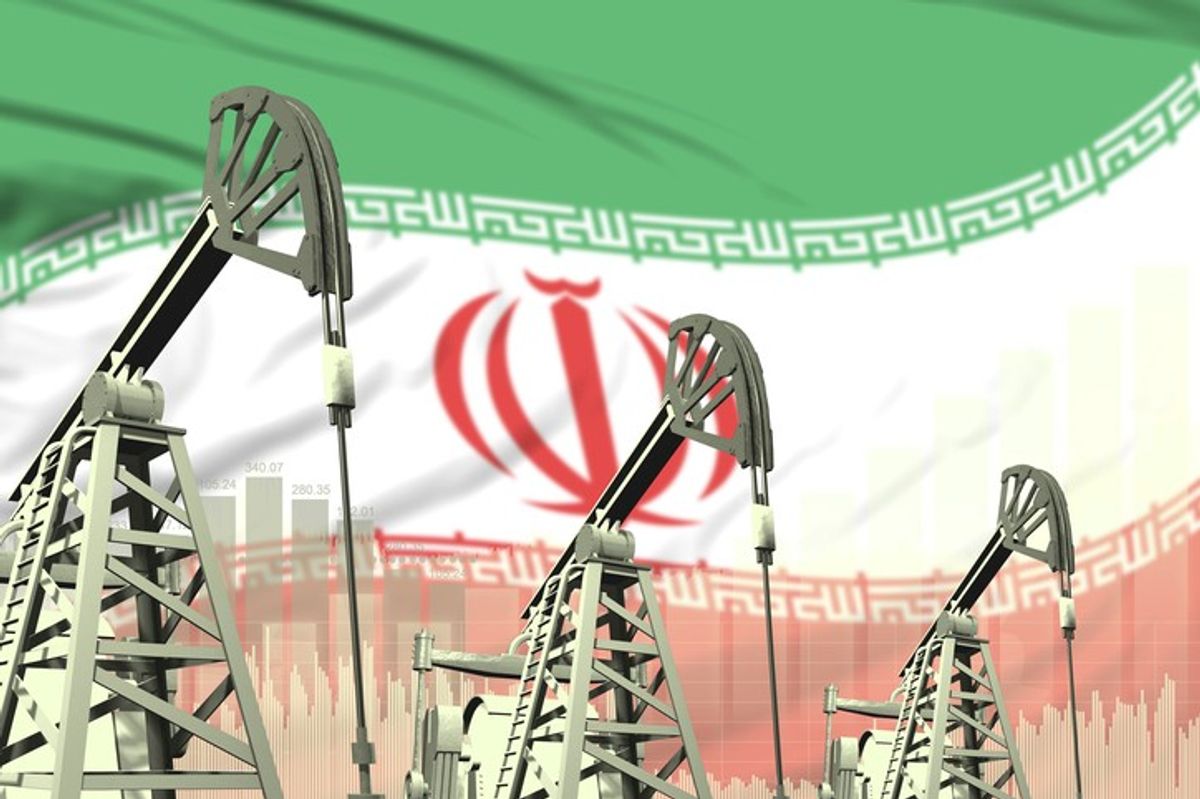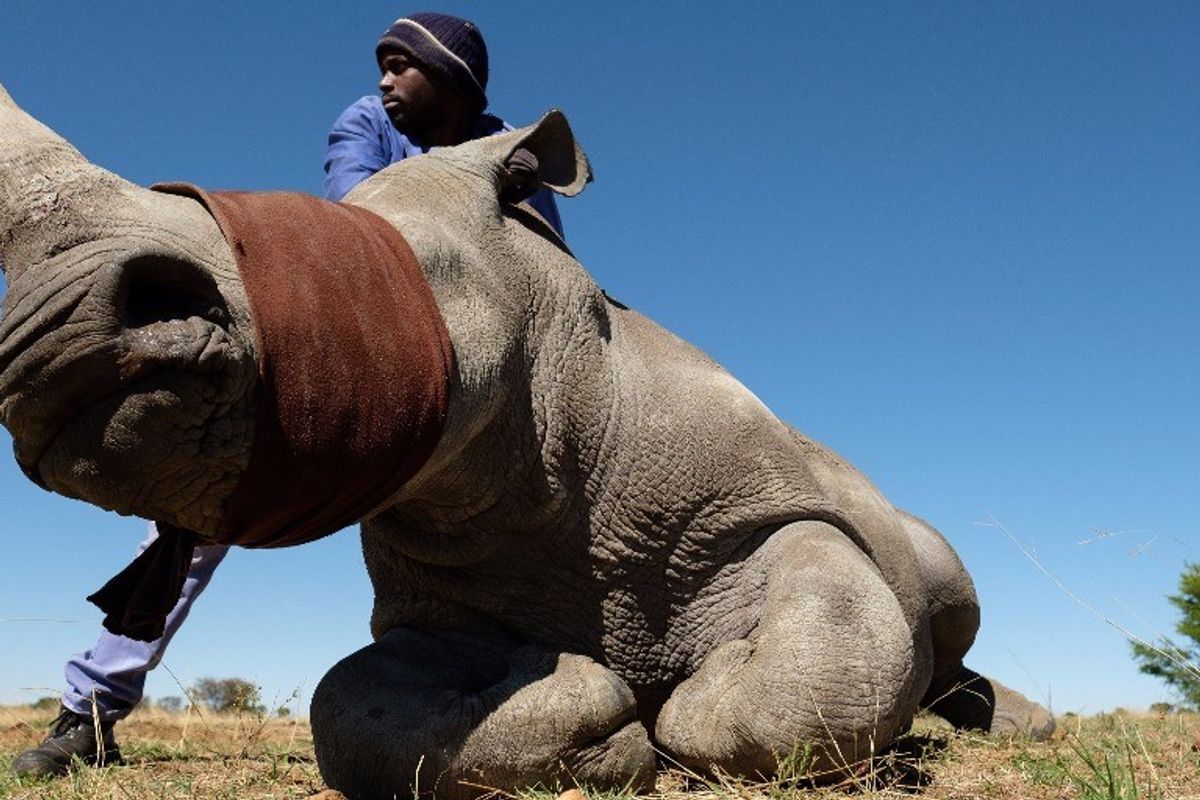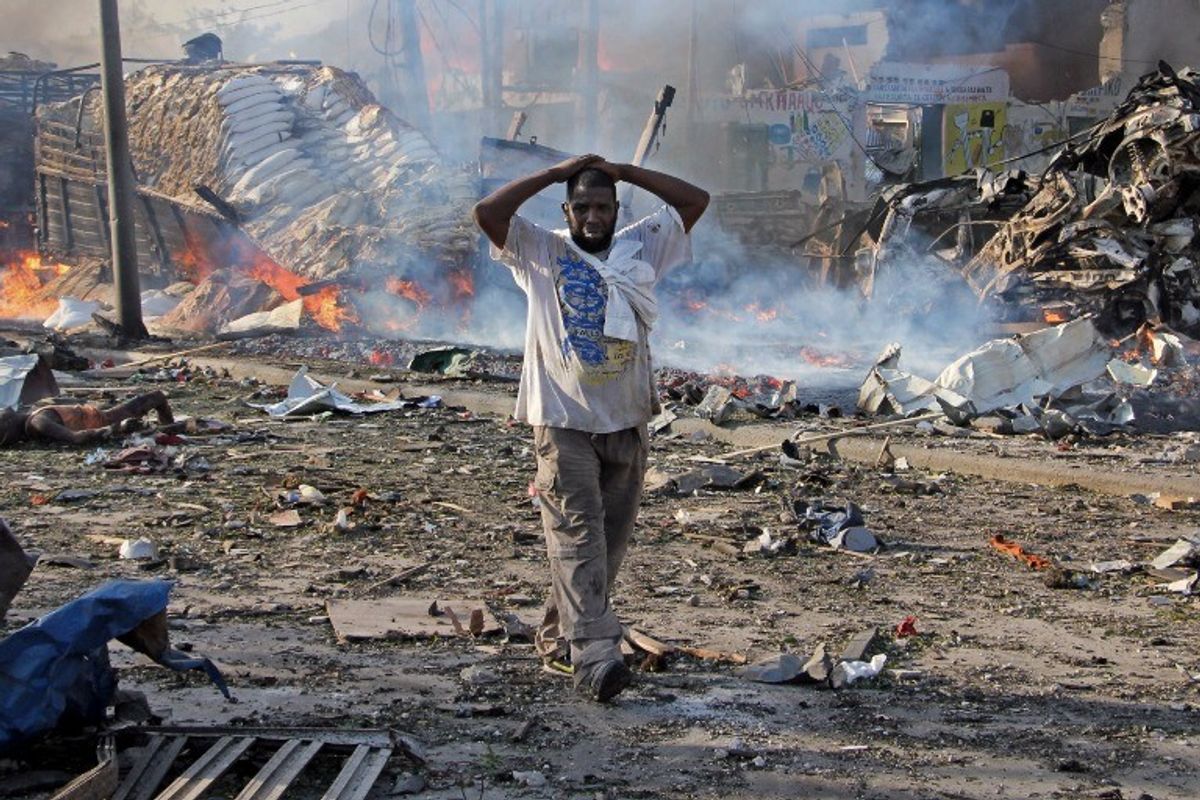Since the end of apartheid in 1994, South Africa has achieved much: over 3.5 million homes have been built for those with low-incomes, millions have benefitted from the provision of electricity, and a sophisticated social grant system benefitting 15 million people has reduced the number of people facing absolute poverty. However, as South Africa enters 2016, there is widespread concern not only that the country is in crisis, but also that the national leadership is simply detached from reality. There have been warning signs for several years: the growth rate did not recover after the financial crisis of 2008 and has been below the African average, the per capita murder rate has remained many times the American average, unemployment has stayed high (roughly 33 percent), and the country’s governance ratings have declined precipitously since the high point at the end of Nelson Mandela’s presidency in the late 1990s.
However, 2015 was, even judged by the country’s performance of the last few years, truly an annus horribulus for President Jacob Zuma and the ruling coalition, consisting of the African National Congress, the Congress of South African Trade Unions, and the South African Communist Party. Throughout the year, the president was haunted by a seemingly endless set of revelations about overspending of public funds at his mansion in Nkandla and demands by the Economic Freedom Front to “pay back the money.” In February, the controversy led to an astonishing scene of EFF members being forcibly removed from Parliament by police and private security guards when Zuma was trying to give his state of the nation speech.
The already stumbling economy slowed down even further, as estimated growth was ratcheted down to 1.5 percent. Declining prices for South Africa’s exports were partially to blame as mining companies announced large job cuts, notably in the platinum sector. However, the malaise was also due to South Africa’s failure to invest during the commodity boom of the last decade, leaving the country especially vulnerable to the inevitable decline in prices.
South Africa’s state-owned parastatals also continued their disastrous performance. ESKOM, the state-owned utility, has failed to invest in electricity generating plants even though demand has been increasing, in part as government has provided electricity to black households denied under apartheid. The result has been rolling blackouts that disrupted industrial production and greatly battered the morale of South Africans who no longer believe that their government can keep the lights on. South African Airways also tottered near bankruptcy, with continuing debates about the competency of a leadership that inspired confidence in no one.
In October, university students protested against fee increases and the government caved, agreeing not to increase tuition at all. It is unclear where the money will come to replace what was lost when fees were frozen.
However, in December, Zuma fired Finance Minister Nhlanhla Nene and replaced him with the unknown Desmond Van Rooyen, plunging the country into a full-blown crisis. The rand dropped, and even senior ANC officials seemed unnerved by the change. Nene was sacked because of his refusal to approval Zuma’s plans to purchase several nuclear power plants, likely from Russia, and to go a different direction on South African Airways. The nuclear sale is highly controversial, because power can be supplied other ways, notably via South Africa’s vast coal reserves, and also because of Russia’s poor record of building nuclear power plants outside the former Soviet Union. The contracts for the nuclear power plant and supporting facilities have the potential to be a large source of patronage for ANC allies. In any event, van Rooyen lasted only a few days, to be replaced by Pravin Gordhan, who had the same post under former President Thabo Mbeki. However, the spectacle of South Africa having three finance ministers in a week caused South African economic policy to go from tragedy to farce.
Most of the political speculation in South Africa has centered around whether Zuma will be replaced due to the government’s poor performance. As the ANC dominates South Africa’s parliament, the only way he could go is if he is “redeployed” by the party, much like Mbeki was in 2008. However, while the country has suffered, it appears that Zuma has maintained sufficient strength within the ruling coalition not to be in immediate danger. This is in part because so many benefit from the spoils of the system that he has now thoroughly corrupted. The ANC may also be scared enough about its long-term prospects that it does not want to engage in a potentially destabilizing leadership transition.
However, even if Zuma does leave, many of the challenges facing South Africa will remain. A leadership change will not automatically restore investor confidence, and it will neither cause the state-owned enterprises to work better nor for the now deeply-entrenched corruption to disappear. If it hopes to stay in power for the long-term, the ANC, with or without Zuma, will have to reorient itself to a pro-growth agenda that focuses government attention on the critical problems facing the economy, notably the low employment rate.
Whether a liberation party can pivot in such a manner is doubtful given the historical record of other movements, which came to rule in Africa and elsewhere. However, South Africa has faced even more difficult challenges in the past, most dramatically the transition from apartheid in the early 1990s. The longer the government waits to adopt a constructive set of policies, the harder it will be to keep South Africa from plunging ever deeper into the morass.









